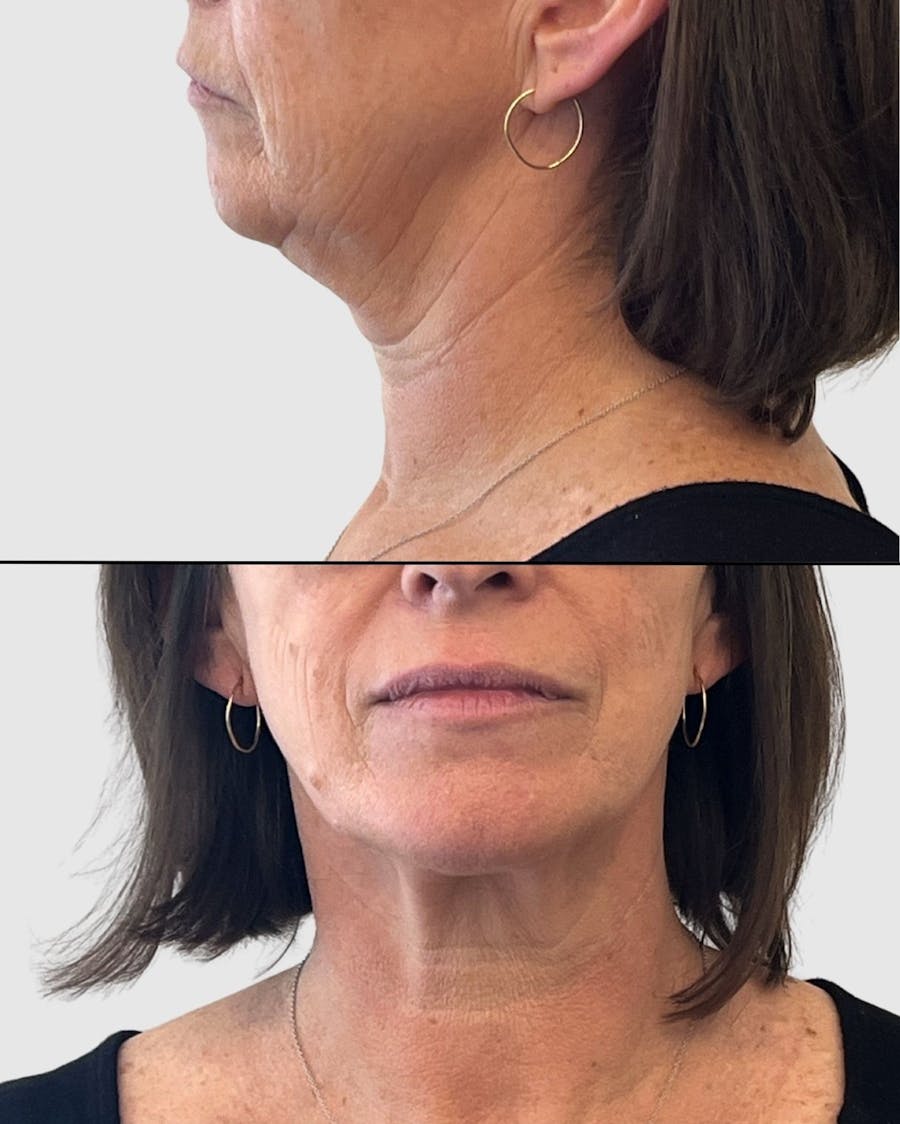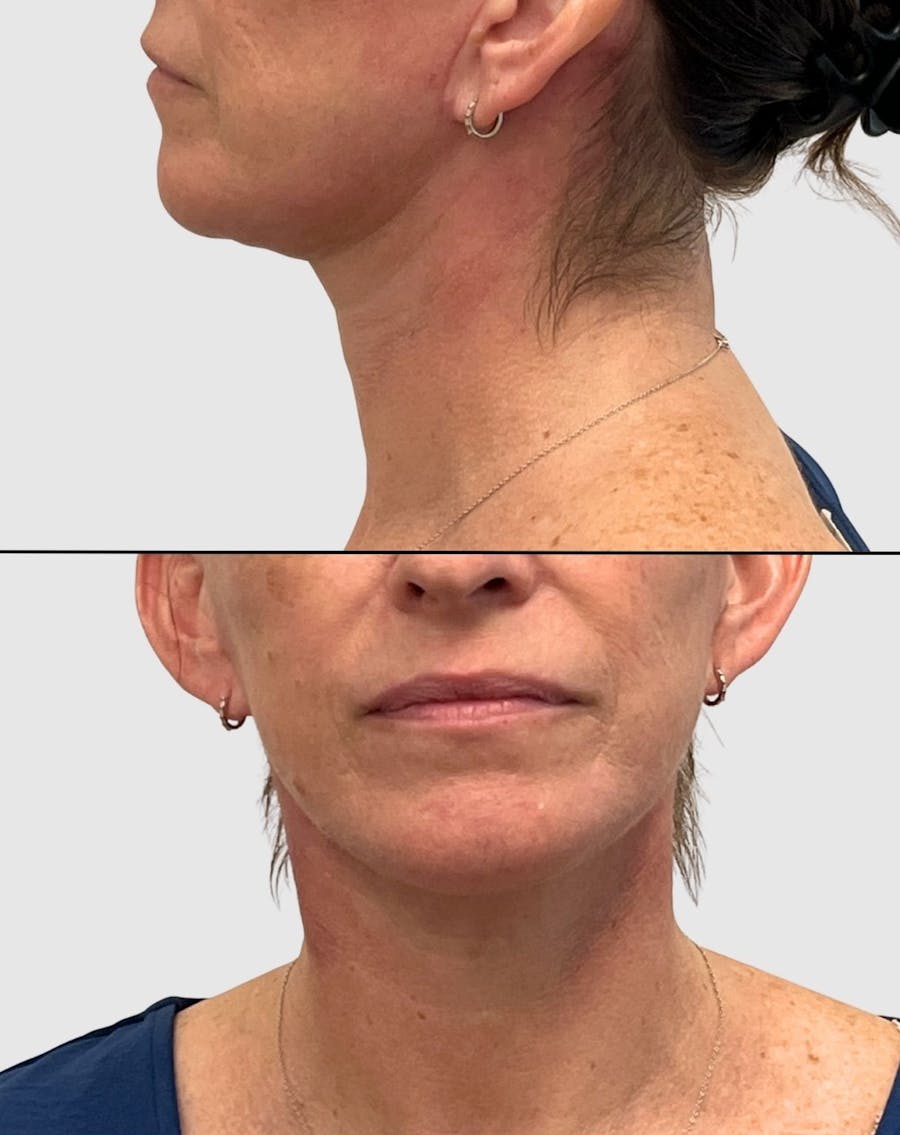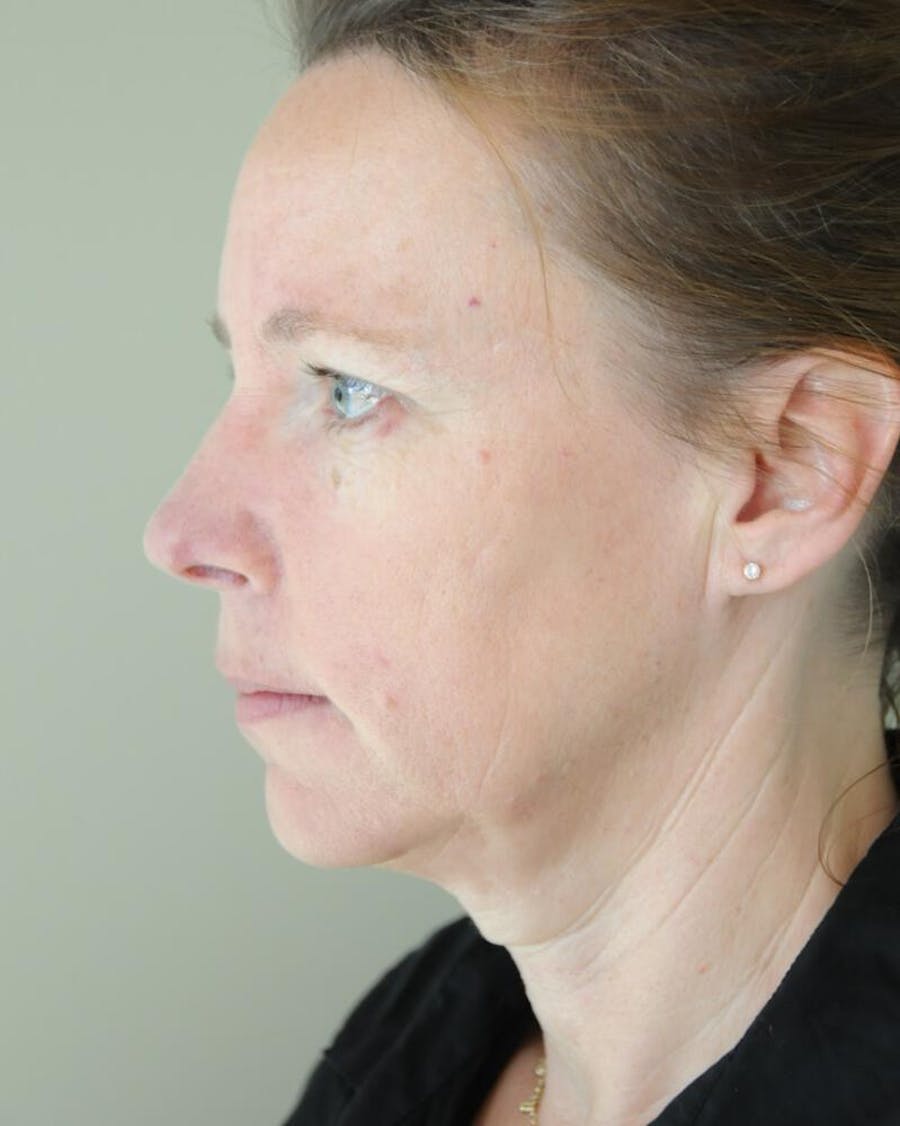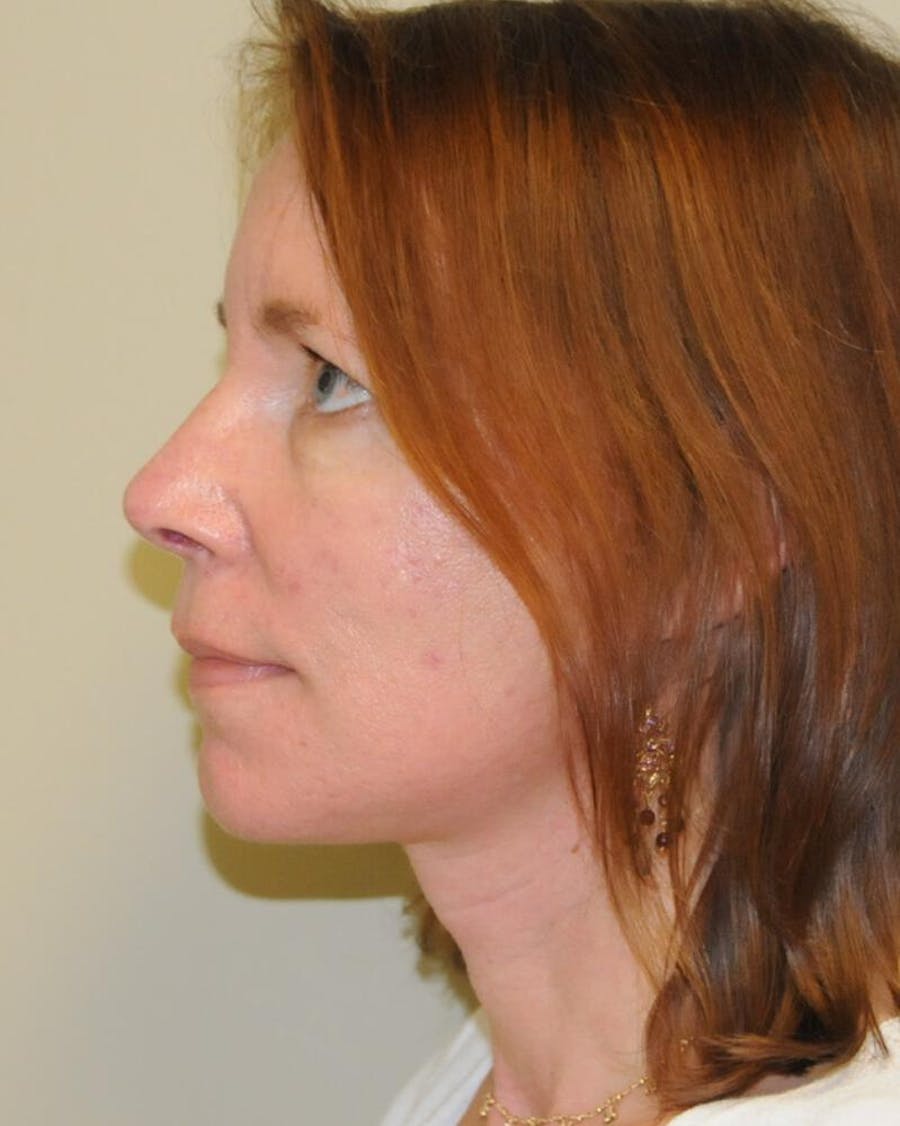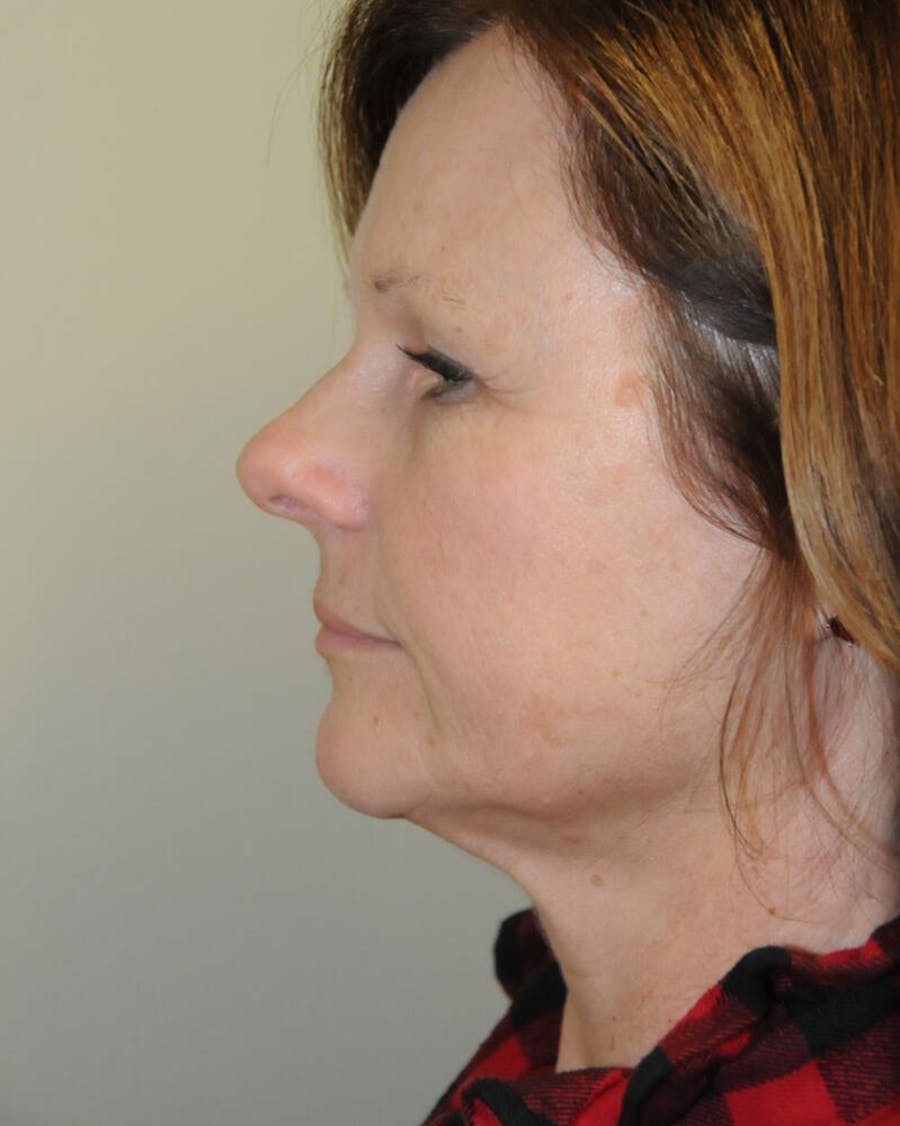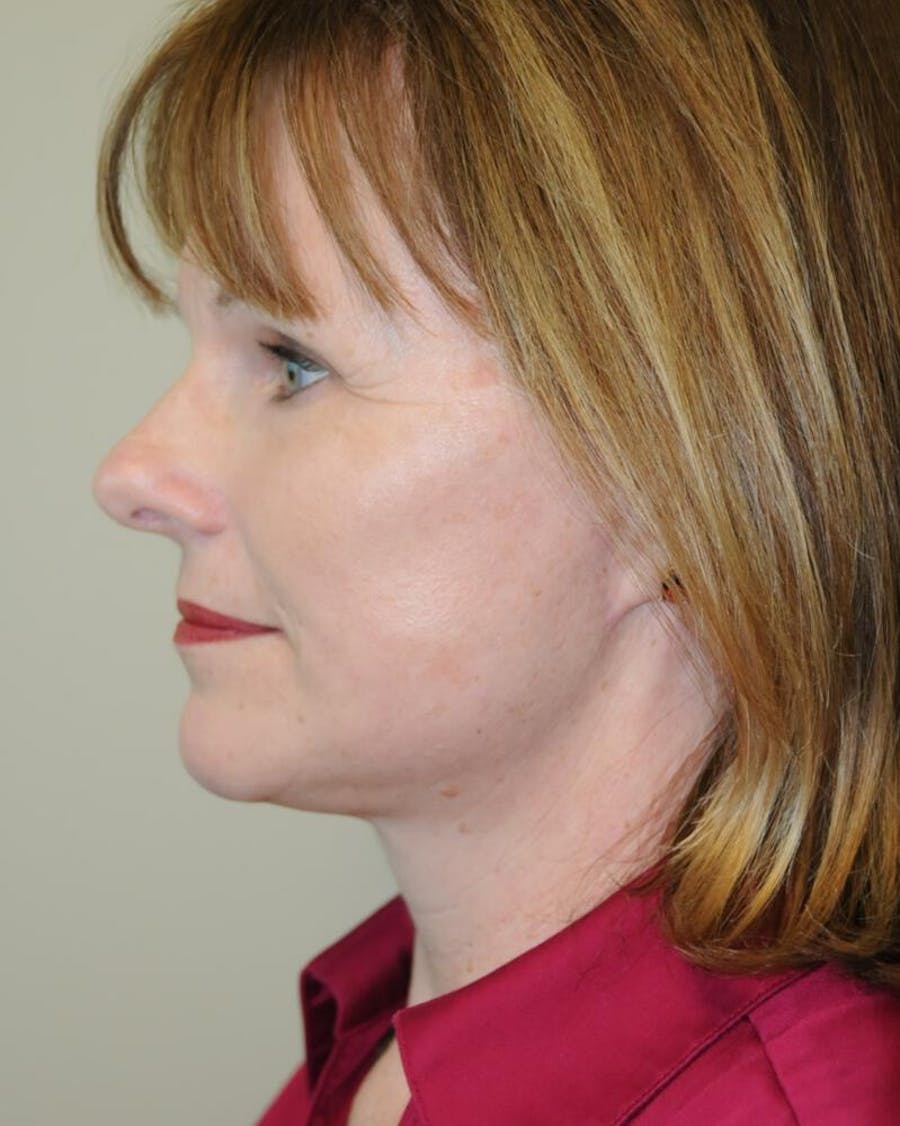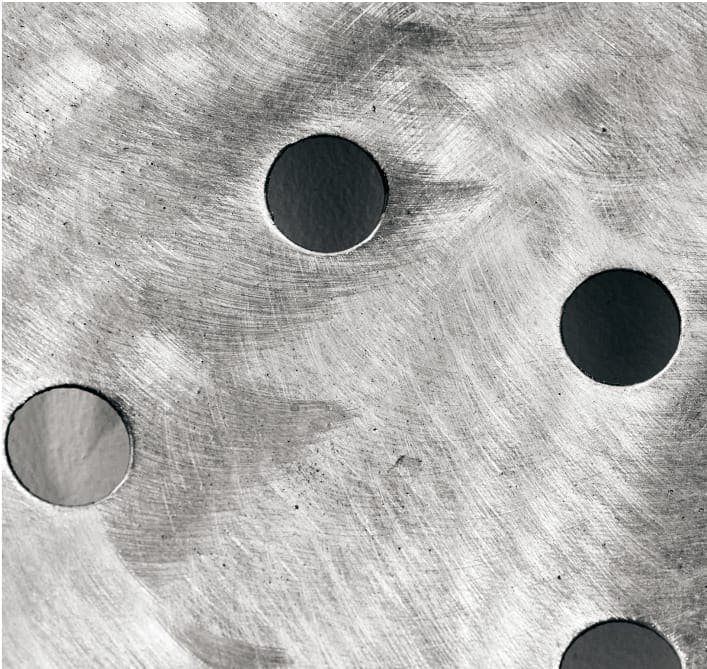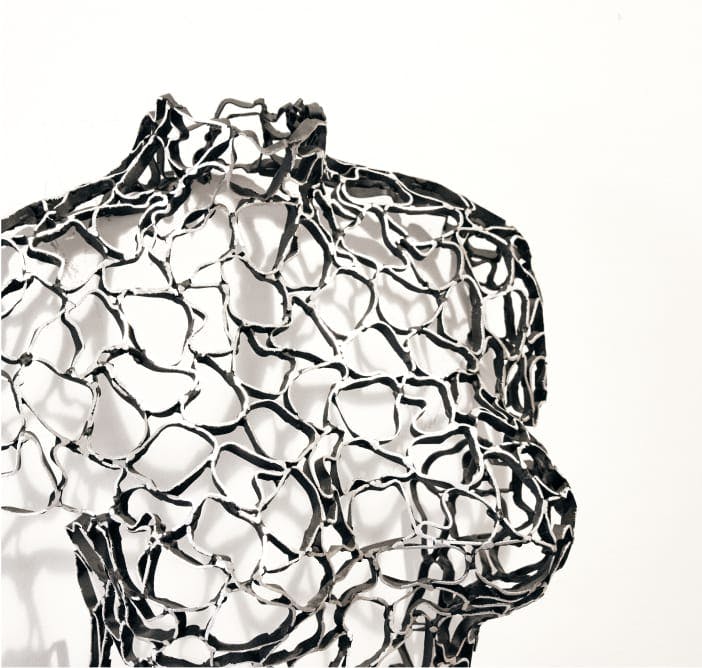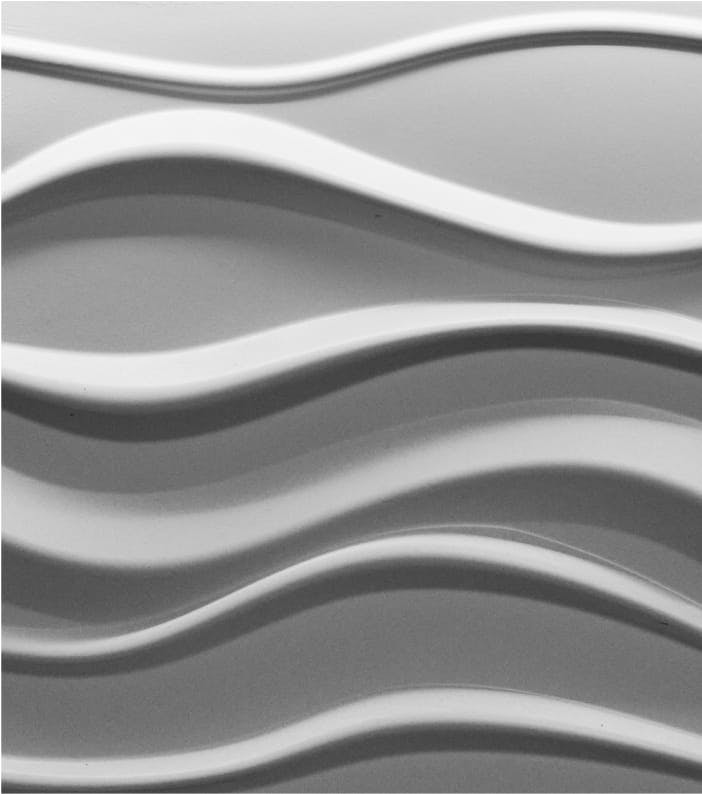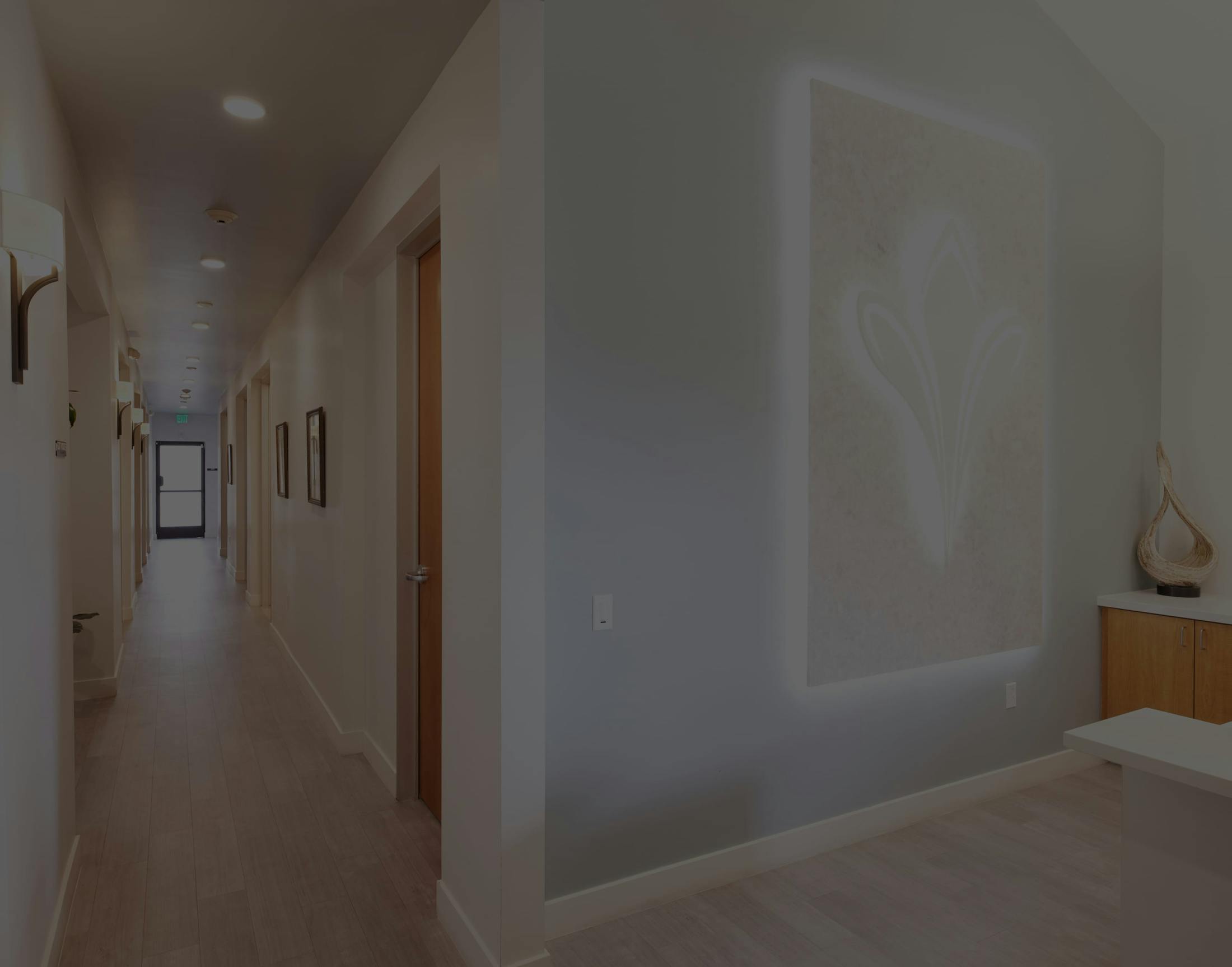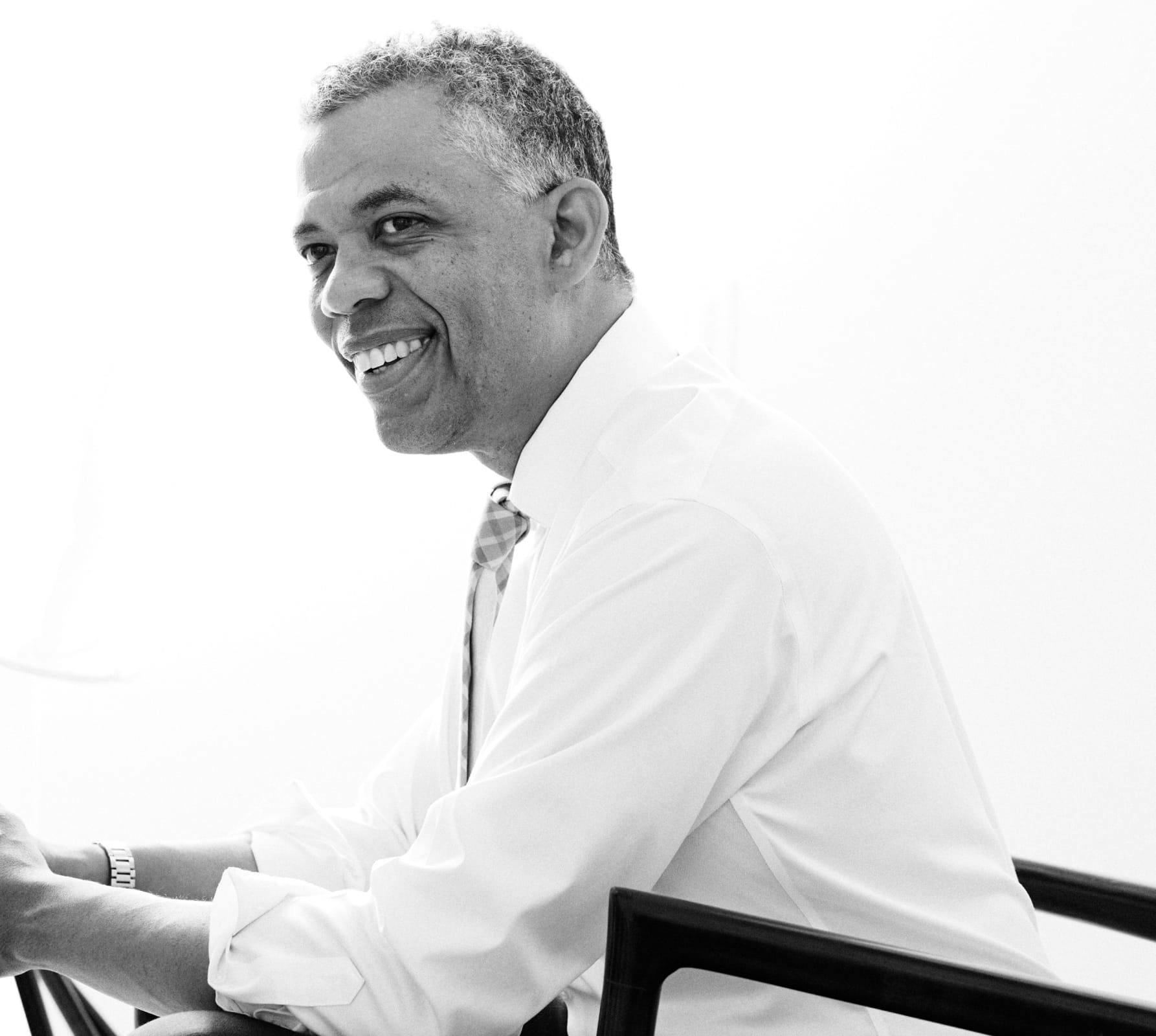Procedure
A facelift operation takes two to four hours and is performed under general anesthesia, although intravenous sedation can be used in some situations. Our provider, Dr. Williams, will discuss the options with you and recommend the best anesthesia plan for you. Your facelift procedure is always tailored to your specific needs and anatomy.
Step 1: Anesthesia
Facelift operations are most commonly performed under a general anesthetic via IV medication and can take between two to four hours to perform. In addition, local numbing medication is always injected to give you post-operative pain control.
Step 2: Incision & Reshaping
There are multiple incision techniques that Dr. Williams may use when you have a facelift. These depend on the degree of change you’d like to see and the problem areas. We always strive for the shortest possible scar to give you the look you want.
- Traditional Facelift: The incision is made from the hairline at the temples, continuing around the ear (part of this incision will be partly inside the ears to help hide the cuts) and ending in the lower scalp. Fat may be sculpted or redistributed from the face, jowls, and neck, and underlying tissue is repositioned. The deeper layers of the face and the muscles are also lifted. The facial skin is then re-draped over the uplifted contours, and excess skin is carefully trimmed away. A second incision under the chin may be necessary if you also want the facelift surgeon to improve the appearance of the neck.
- Limited Incision FaceLift (Short Scar Facelift): This is an alternative to the traditional facelift and uses shorter incisions at the temples, continuing around the ear and perhaps inside the lower eyelids or under the upper lip.
- Neck Lift: If you have significant loose skin around the neck, the surgical incisions and technique are modified to include correction of this area. These incisions are typically very well hidden behind the ear. Liposuction may also be used to contour the neck.
The face and neck are then reshaped by the surgeon, making adjustments to the muscles and fat. If fat will be grafted or removed, it will happen at this point. If your facelift will be combined with any other procedures, such as rhinoplasty or blepharoplasty, your surgeon will perform those at this part of your treatment. The incisions are closed with small metal staples around the hairline and thin nylon sutures around the ears.
Step 3: Sutures
Absorbable and non-absorbable sutures are used on the incisions on the face, and small metal staples are used around the hairline to close the facelift incisions. Once the surgery is complete, dressings are placed.
Step 4: Results
When you wake up after your facelift surgery, you will have dressings and bandages on your face, as well as drainage tubes inserted behind the ear to minimize fluid accumulation under the surface of the skin. You will be given painkillers, although you should only feel mild to moderate pain after a facelift procedure. Your skin will feel uncomfortable and tight. There will be swelling over the face, which will subside after a short time. You will likely feel drowsy for several hours or more after surgery due to the anesthesia. Someone will need to be available to drive you home, and we recommend having help for around 24 hours just to be sure all the effects have worn off.

